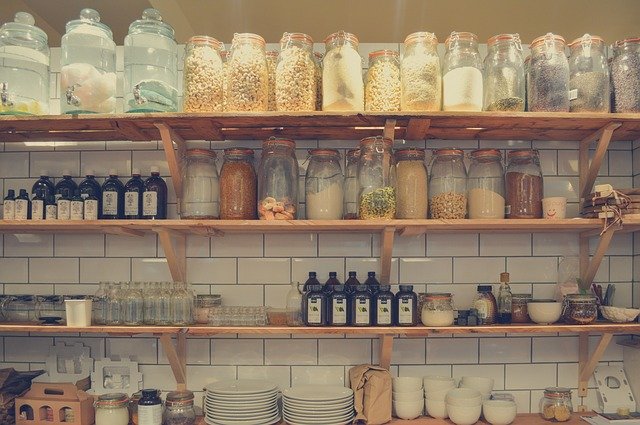
There are more than a few documentaries out there featuring the topic of prepping, a pursuit embarked upon by a significant number of people who want to be prepared – or “prepped” for extreme circumstances. Those circumstances, per the documentaries, can range from complete societal breakdown, to nuclear Armageddon, and to much more banal situations. And while the impression given by documentaries is that preppers are extreme in their concerns, the past year has shown that situations can change suddenly.
Anyone who lived through 2020 will agree that in future, we will take the idea of sudden and extreme change much less lightly, and so it is a realistic probability that to some extent, many of us are going to become preppers. The question is, unless you can commit as much time to it as the OG preppers, how can you prep for another pandemic or any other set of circumstances that changes life as we know it?
Stockpiling is the first step
Depending on where you were living last spring, measures to control the pandemic may have meant that you couldn’t go to the supermarket – or, if you could, that the shelves were often stripped bare of what you wanted to buy. Foreseeing another situation in which that happens, you might be well-advised to start a stockpile of the foods and other household items you couldn’t live without (or add to an existing stockpile, if the pandemic persuaded you to begin one). This also means buying extra storage – external larders with enough capacity to hold weeks’ worth of dried and canned food, as well as a freezer so you can store meat and perishable items.
Are you well-stocked for first aid?
When the pandemic hit, more than a few of us had some questions to ask about when and how to seek medical attention should we need it. Naturally, it wasn’t a great time to walk into a hospital seeking treatment, and family doctors’ offices came under no small amount of pressure too. While some cases of ill health and injury will always need professional medical intervention, and it shouldn’t be avoided in any circumstances, it is worth being ahead of the curve on home medical supplies when treatment is hard to come by. Dressings, wound cleaning supplies and OTC medications are all worth having, including cold and flu treatments. But to underline the deeper point, these do not take the place of doctor’s advice. In addition to a first aid kit, you should also undertake first aid training (understand why you should take first aid training) to handle emergencies.
Be ready for a loss of power
In 2020, the event which shook us all was the pandemic, but in the future we don’t know what might await us. Natural disasters and human-made events can lead to a disruption of the power grid – and it might not come back on when expected. Ideally, you will have a way to keep power flowing in your home should those circumstances arise. The best option to consider would be a solar generator kit, as it can be powered using the sun’s energy-something that hopefully will not be going away anytime soon. Having natural sources of energy is always helpful, natural disaster or not. And solar energy being one of the most sustainable, should ensure that you are equipped for almost any kind of situation. Another way of doing this is to have a generator which you can top up from local propane services, and can be used to supply power to the most important appliances. Propane gas is well suited to powering heating and cooking appliances in your home and therefore keeping your supplies topped up throughout the year is strongly recommended. Furthermore, buying propane gas in bulk is often cheaper than buying by the bottle and more convenient, so if you are considering stocking up, you can find more information on propane supplier websites such as nelsonpropane.com. That is not all though. Portable power banks, which can be charged by USB and used to power mobile devices, are also well worth investing in.
Comments are closed.